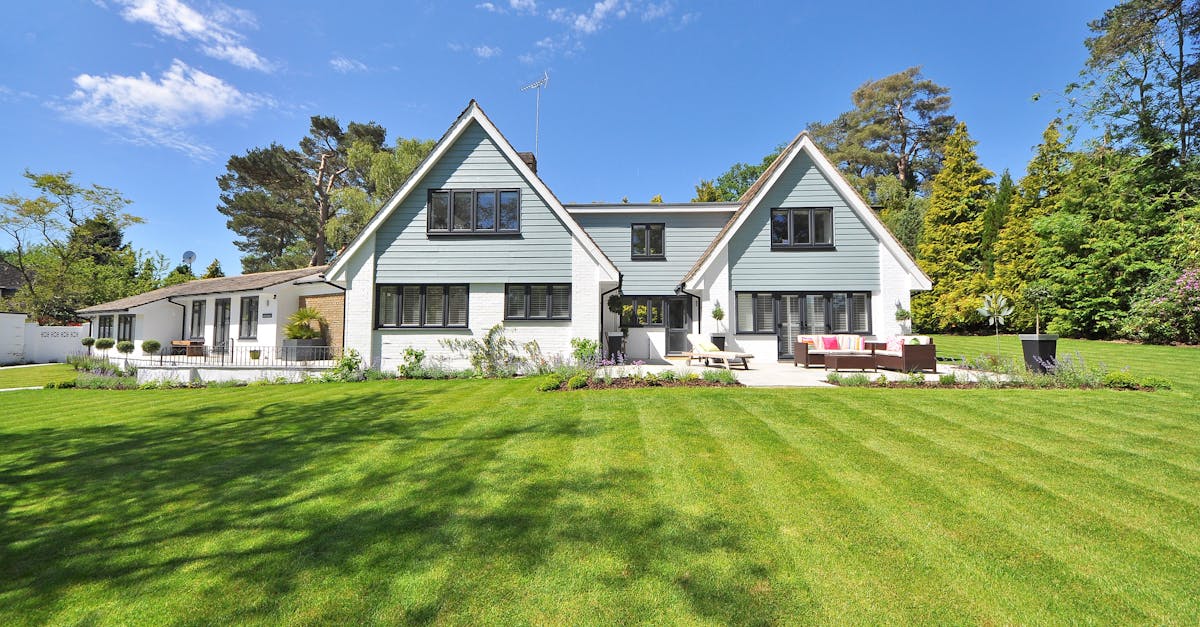
Enhancing Garden Entrances with Formal Balance
When it comes to enhancing garden entrances with formal balance, symmetry plays a crucial role in creating an impressive and harmonious design. One effective way to achieve this is by flanking the entrance with identical plantings or structures on either side. This creates a sense of stability and order, drawing the eye towards the entrance and setting the tone for the rest of the garden.
Another technique for enhancing garden entrances is to incorporate matching containers or statues on either side of the pathway. This not only adds visual interest but also establishes a balanced and welcoming atmosphere. By carefully selecting elements that mirror each other in size, shape, and colour, you can create a sense of cohesion that elevates the overall aesthetic of the entrance.
Creating Inviting Pathways and Gateways
Pathways and gateways play a crucial role in creating a welcoming atmosphere in a garden designed with formal balance. When planning out these elements, it's essential to consider how they complement the overall symmetry of the space. Symmetrical pathways leading to a central focal point can enhance the sense of harmony and balance, drawing visitors into the garden with a clear and inviting route.
Careful attention should also be given to the materials used for pathways and gateways. Choosing materials that align with the style of the garden, whether it be formal and structured or more naturalistic, can reinforce the design's overall aesthetic. Symmetrical plantings framing the pathways or lining the gateways can further enhance the sense of balance, guiding the eye and creating a cohesive flow throughout the garden.
Symmetrical Water Features for Tranquil Gardens
Symmetrical water features play a vital role in creating a sense of tranquillity in garden spaces. The balanced design of ponds and fountains brings a harmonious feel to the overall layout, enhancing the aesthetic appeal of the landscape. By carefully positioning these water elements in a symmetrical manner, a peaceful and serene atmosphere is established, inviting visitors to relax and unwind amidst the soothing sounds of flowing water.
Incorporating symmetrical water features in garden planning requires meticulous attention to detail. The design of ponds and fountains should be well-proportioned, mirroring each other to maintain a sense of equilibrium in the outdoor space. By focusing on symmetry, garden designers can achieve a cohesive and polished look that contributes to the overall beauty and tranquillity of the garden environment.
Designing Balanced Ponds and FountainsEnhancing Garden Aesthetics with Radial Balance
taining symmetry in garden maintenance is important to preserve the formal balance and overall aesthetic of the garden, ensuring that it continues to exude a sense of order and harmony.When implementing radial planting, it's crucial to consider the size, shape, and colour of various plants to ensure a well-balanced composition. By choosing a mix of tall, medium, and low-growing plants, you can create depth and dimension within the garden, adding interest and intrigue to the landscape. Additionally, experimenting with different textures and foliage types can further enhance the visual appeal of the radial design, creating a dynamic and captivating outdoor environment.
What are some tips for pruning and shaping plants to maintain consistent form in a garden?Using Proportional Planting for Aesthetic Appeal
To maintain consistent form in a garden, regularly prune and shape plants to control their growth, remove any overgrown or asymmetrical parts, and promote a balanced appearance throughout the garden.Proportional planting is a key aspect in enhancing the aesthetic appeal of your garden. By carefully selecting and placing plants based on their size, shape, and texture, you can create a harmonious and visually pleasing landscape. One effective approach is to use a mix of tall, medium, and low-growing plants to add depth and interest to the garden beds.
Incorporating proportional planting not only adds visual interest but also helps in creating a sense of balance and symmetry in the garden. By arranging plants in a proportional manner, you can achieve a cohesive look that is pleasing to the eye. Remember to consideEdinburgh Landscape Gardeners | Grange Landscaping
191 Causewayside
Edinburgh
EH9 1PH
Tel: 0131 210 0334